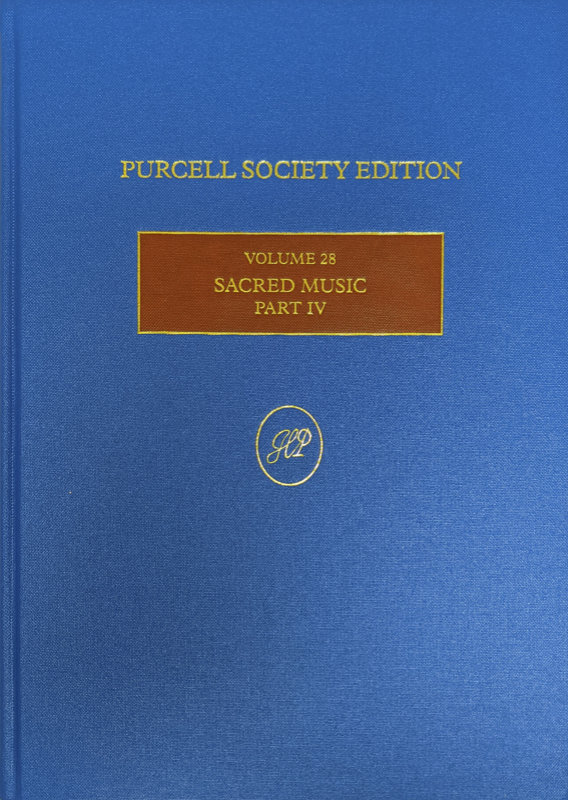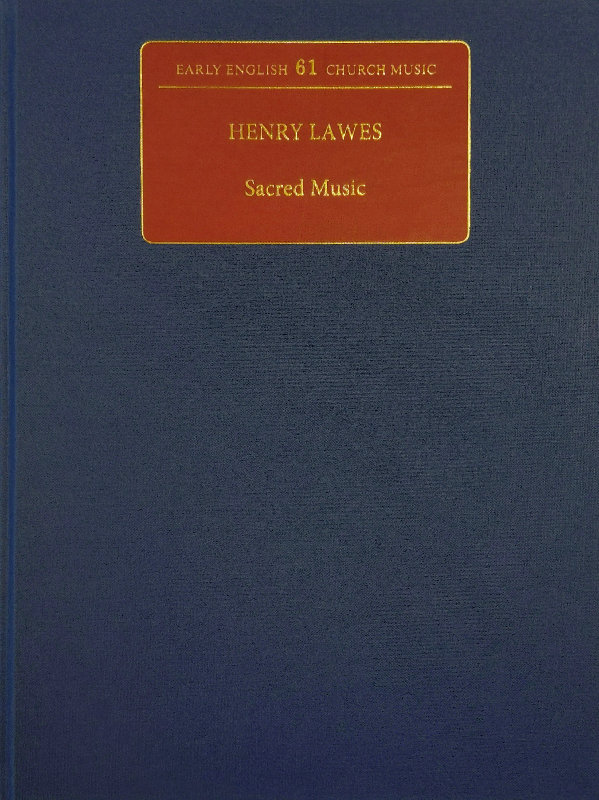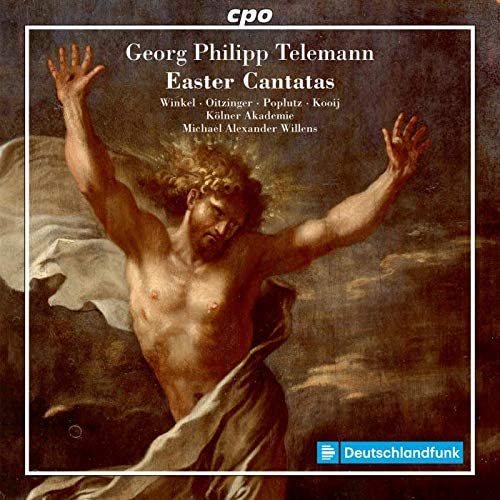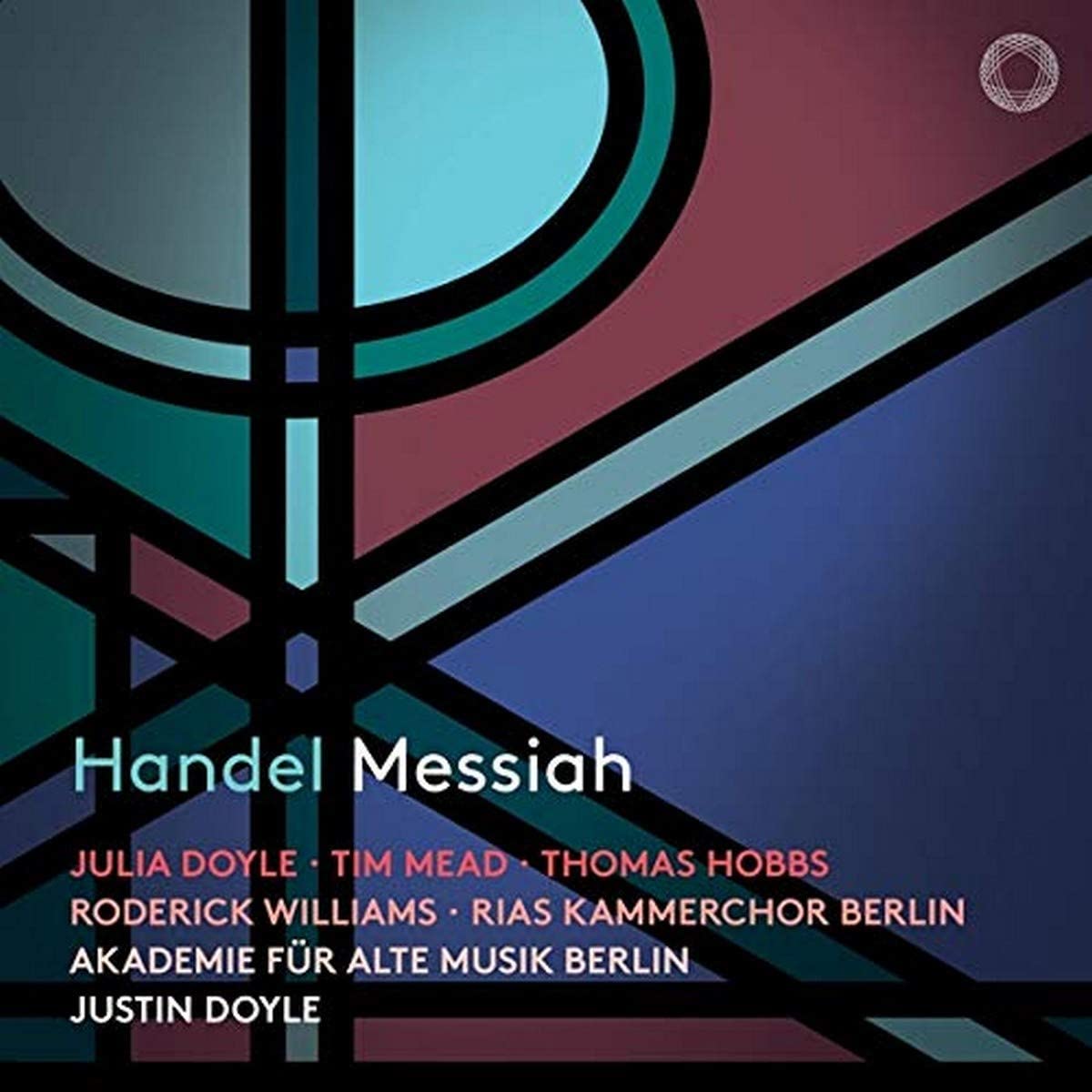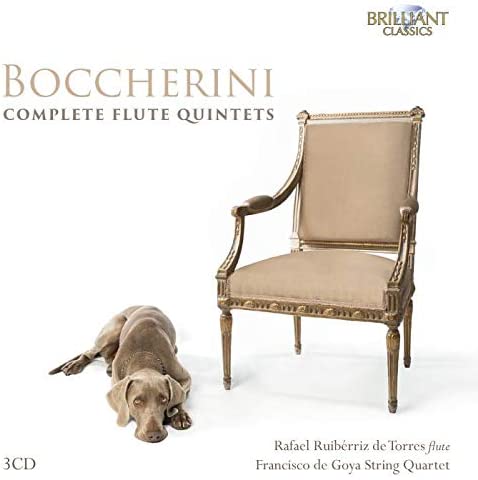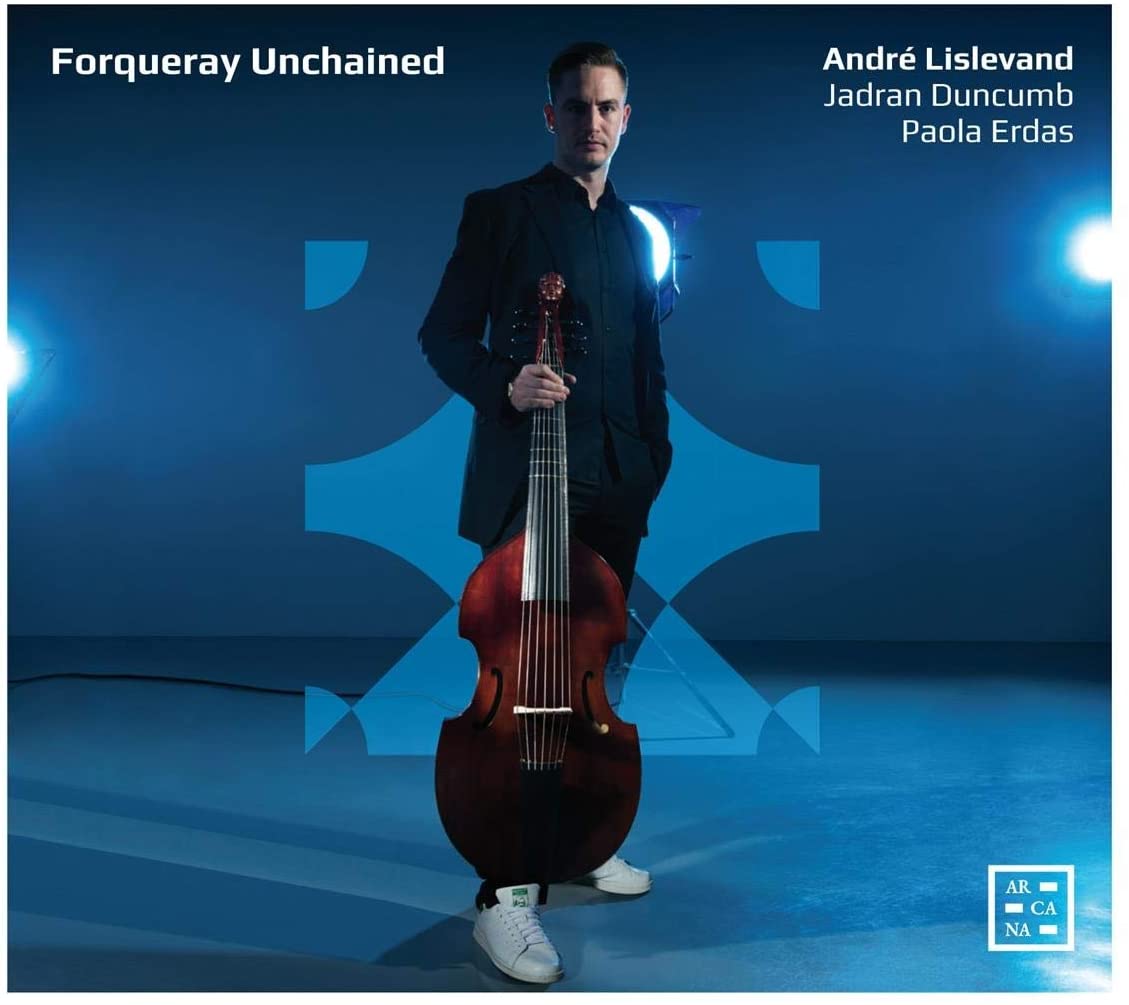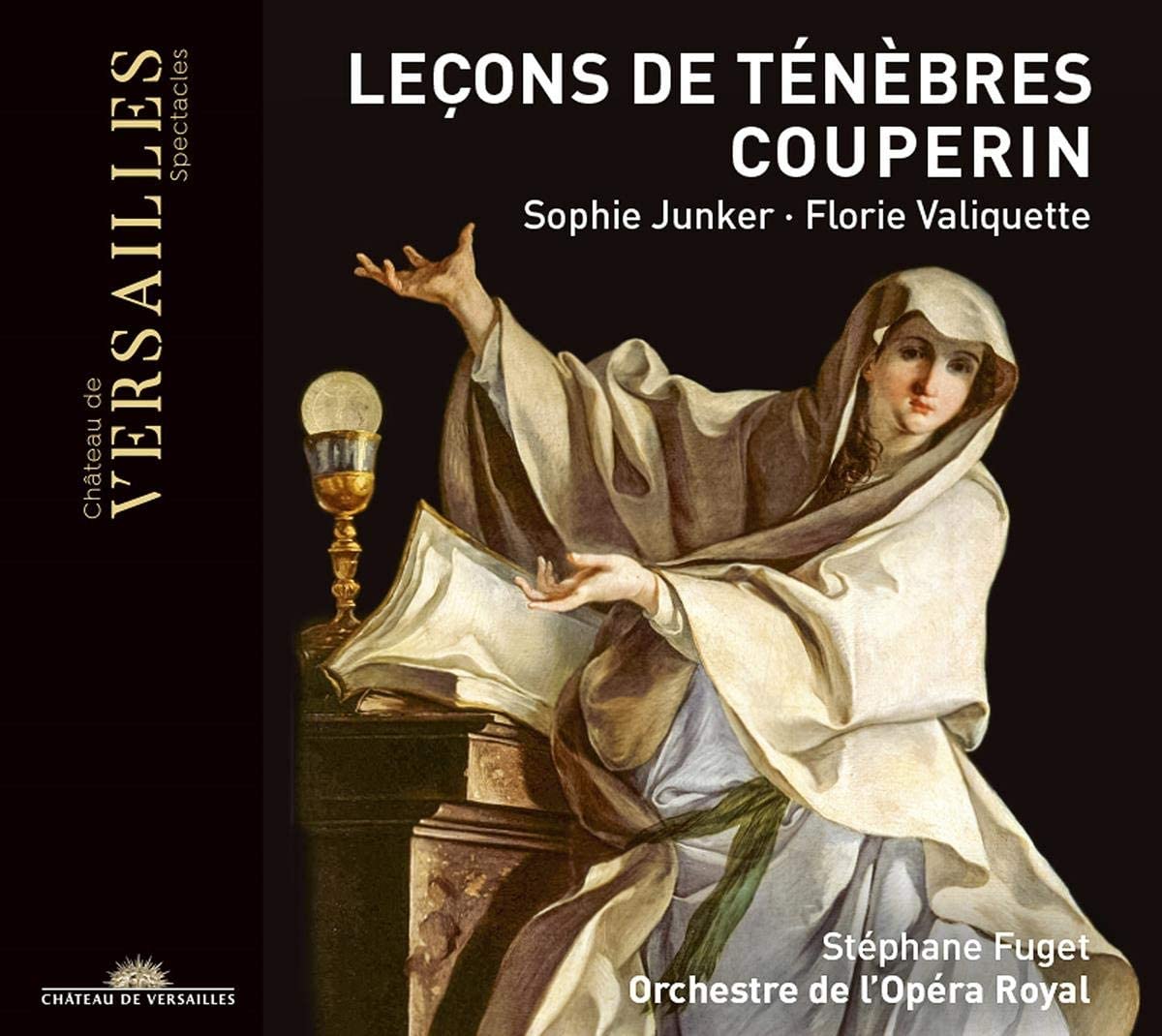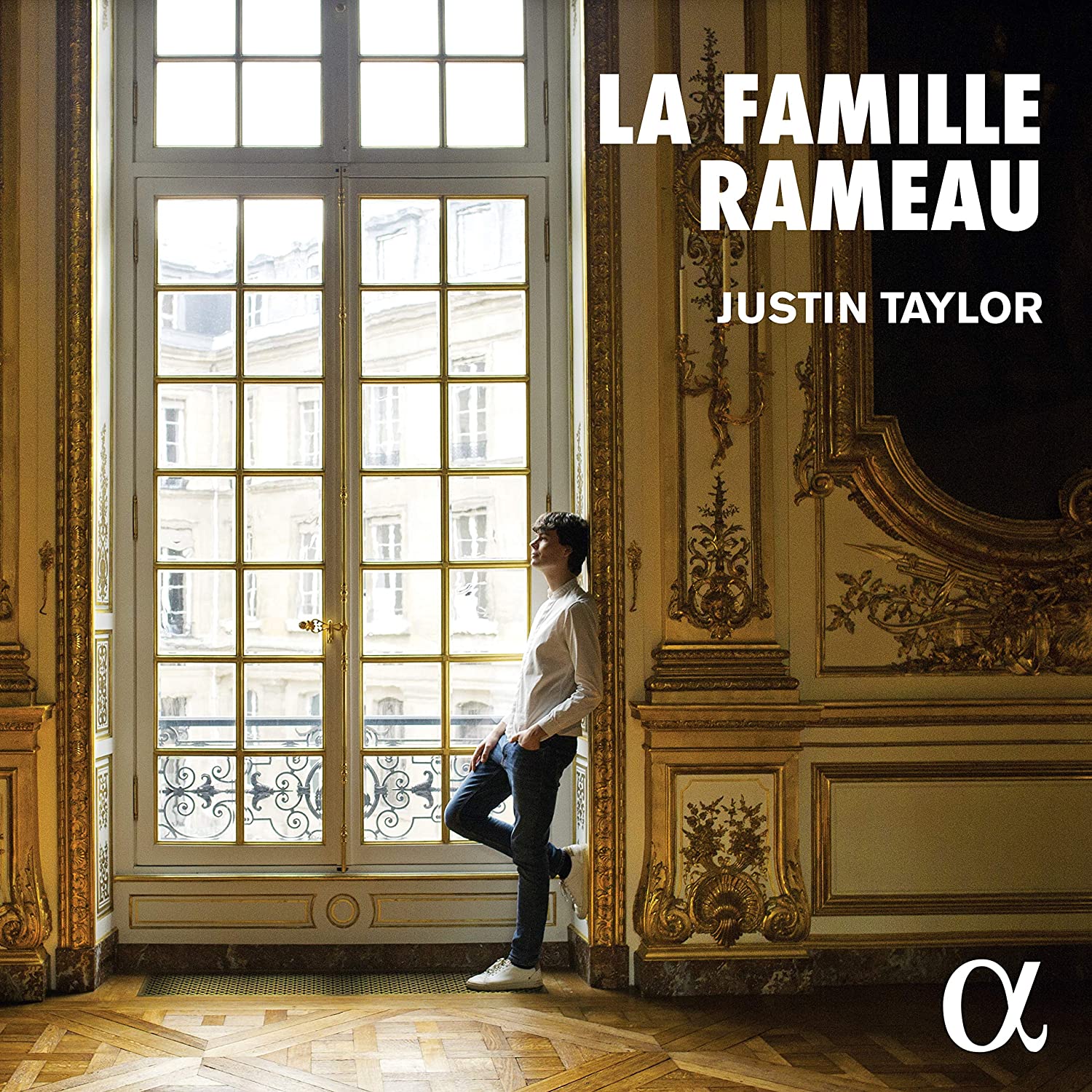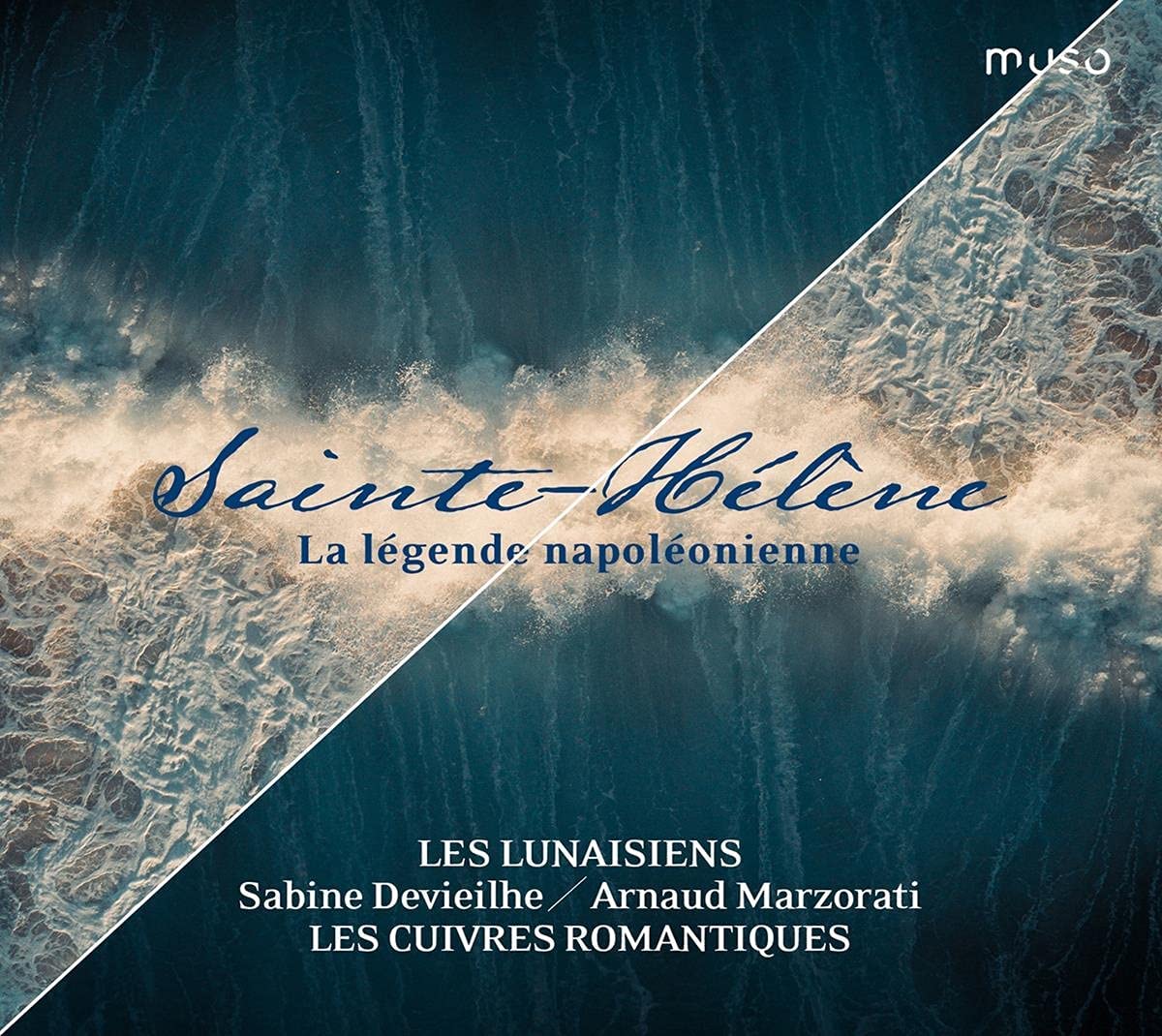Purcell Society Edition, volume 28
Edited by Robert Thompson
xli (including four pages of facsimiles) + 198pp. £75.
ISBN: 9780852499603 ISMN: 9790220225970
Click HERE to buy this from the publisher’s website.
[PLEASE NOTE: This link is NOT sponsored]
As well as updating to include the latest background information, the principal purpose in producing this volume is to re-order the music contained in it according to the dates of composition. Since The Purcell Society first issued editions of the composer’s anthems, a lot of source work has been done that has informed the newly established chronology. Robert Thompson presents the evidence in a way that is mostly very readable; sometimes there is just too much information for comfort, but how is one to avoid this when there is a wealth of disparate evidence?
The 14 continuo anthems included in the volume are presented in the now-familiar Purcell Society style. They are: Turn thou us, O good Lord (Z62), Who hath believed our report? (Z64), Lord, who can tell how oft? (Z26), Blessed be the Lord my strength (Z6), Let God arise (Z23), O Lord our governor (Z39), Give sentence with me (Z12), O praise the Lord, all ye heathen (Z43), I will love thee, O Lord (ZN67), The Lord is King (ZN69), Let mine eyes run down with tears (Z24), Hear my prayer, O God (Z14), O Lord, thou art my God (Z41) and Out of the deep (Z45). Appendices include a short re-arrangement of a repeat of Z64 by Philip Hayes, an organ part for Z6, an earlier working of a passage from Z24 and an organ part thought possibly to be by a young Purcell for Humfrey’s By the waters of Babylon.
Typically this kind of volume is destined to sit on library shelves. Anyone performing the music it contains, though, should certainly seek it out for the valuable information it contains.
Brian Clark
